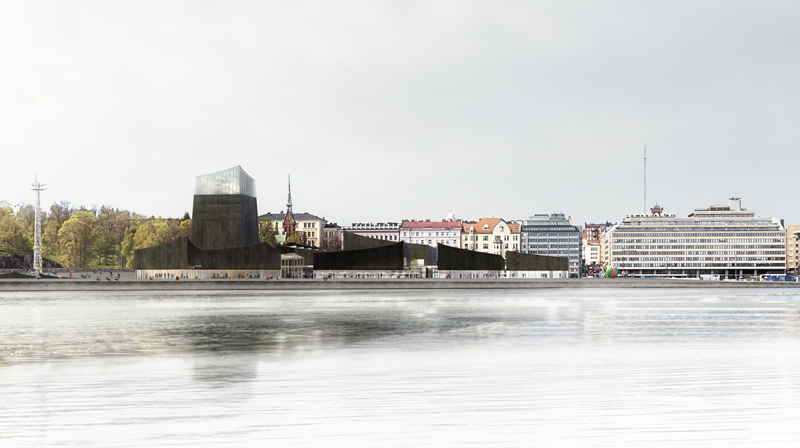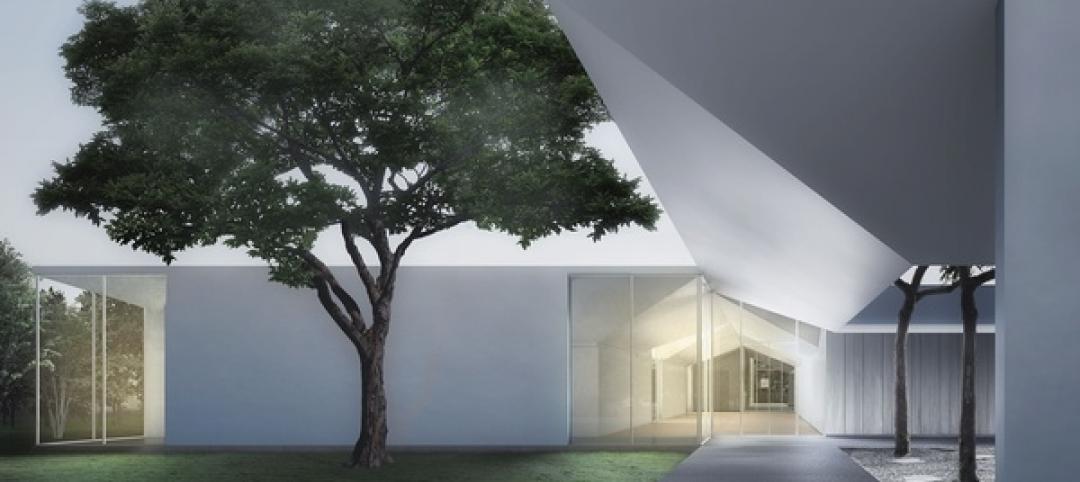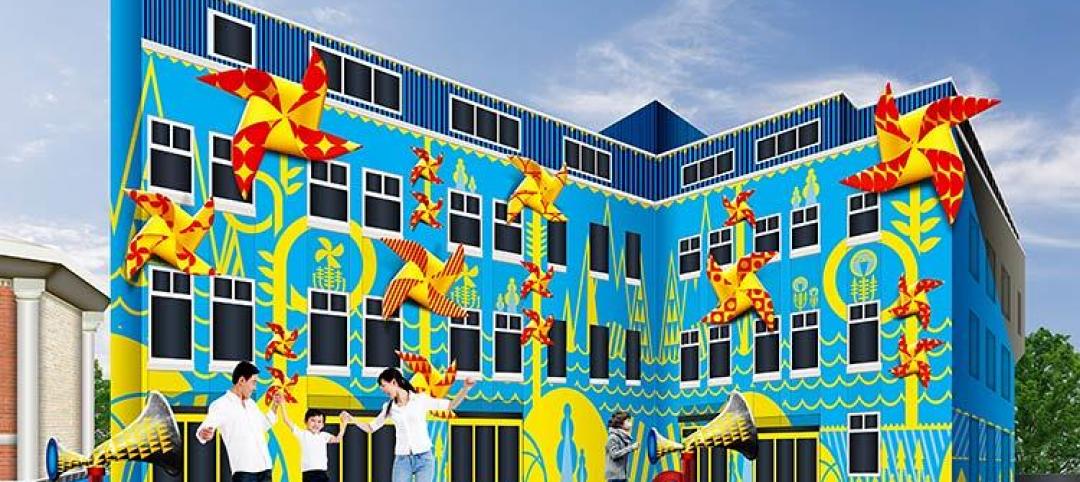It’s been a little more than a year since the Solomon R. Guggenheim Foundation launched an open, international competition for the design of a proposed Guggenheim in Helsinki, back on June 7, 2014. Today, the foundation announced that the winning design—selected from more than 1,700 entries—is the one by Parisian firm Moreau Kusunoki Architectes.
Midway through the competition, the jury narrowed the field down to six finalists and released the designs to the public while the firms behind them were kept anonymous. A campaign encouraged the public to vote for their favorite by using a specially engineered appthat matched a user’s personality with a building design.
The winning design by Moreau Kusunuki “invites visitors to engage with museum artwork and programs across a gathering of linked pavilions and plazas organized around an interior street,” according to a Guggenheim Foundation statement.
Locally sourced charred timber and glass will clad the exterior. The entire building is composed of nine low-lying volumes and one lighthouse-like tower. A nearby observatory park will be connected to the museum by a pedestrian footbridge.
“Moreau Kusunoki has titled its proposal ‘Art in the City,’ a name that sums up the qualities the jury admired in the design,” said jury chair Mark Wigley, professor and dean emeritus of the Graduate School of Architecture, Planning and Preservation at Columbia University. “The waterfront, park, and nearby urban area all have a dialogue with the loose cluster of pavilions, with people and activities flowing between them. The design is imbued with a sense of community and animation that matches the ambitions of the brief to honor both the people of Finland and the creation of a more responsive museum of the future."
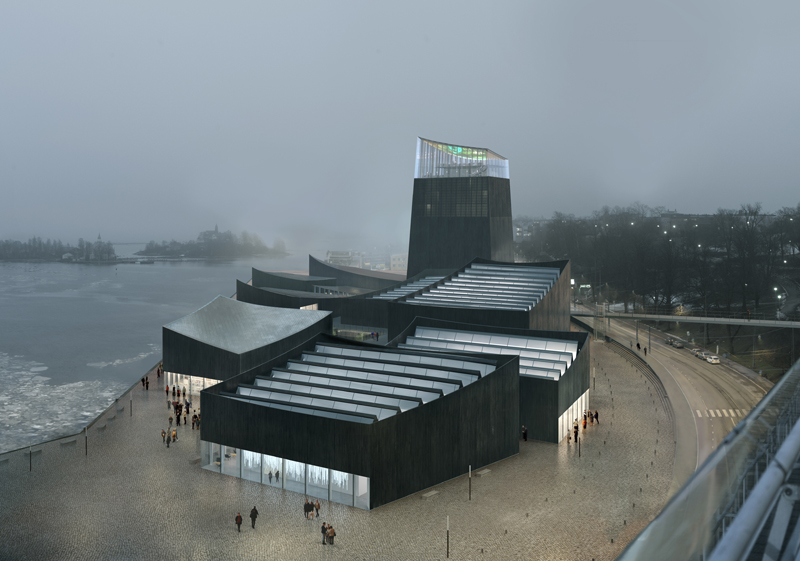
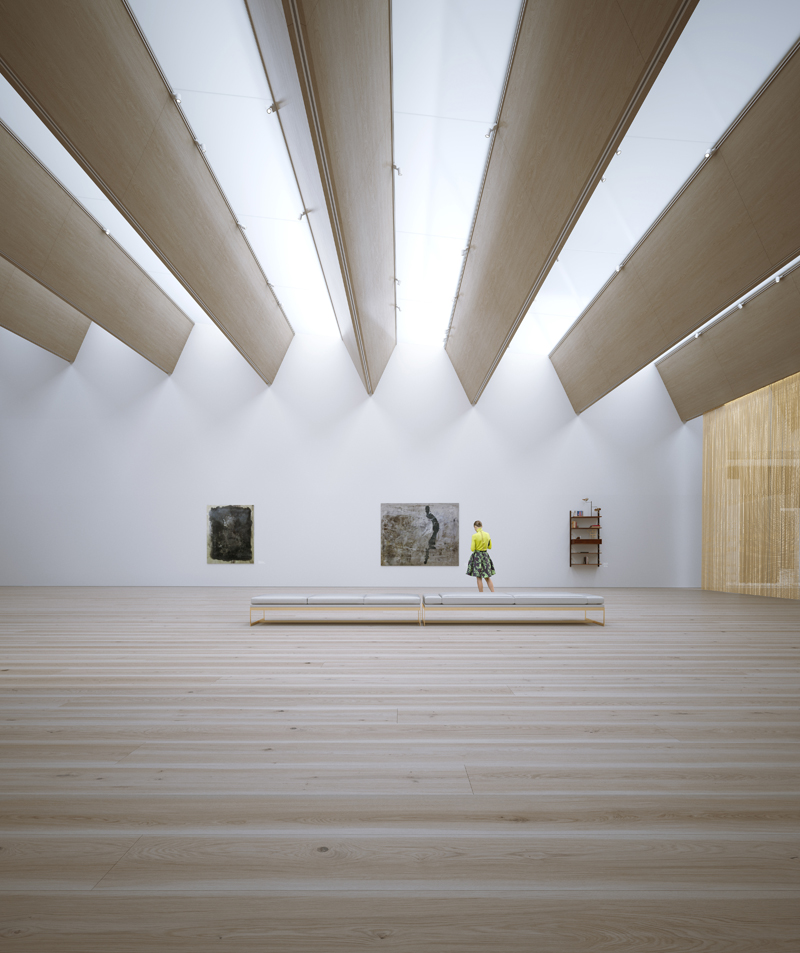
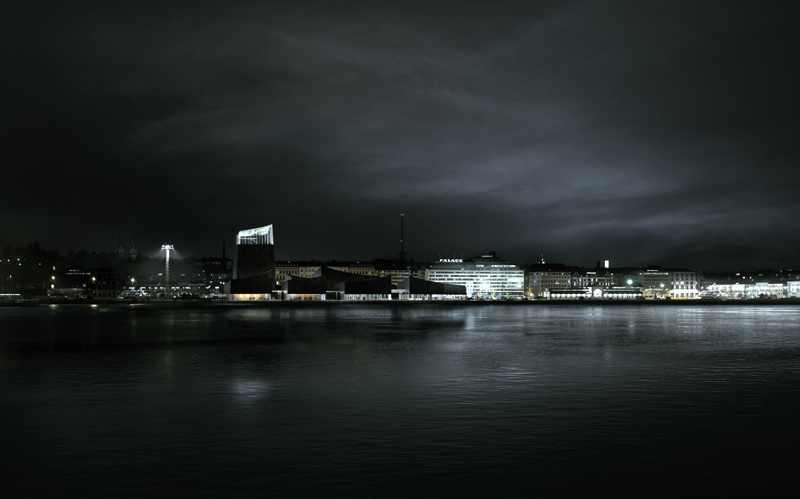
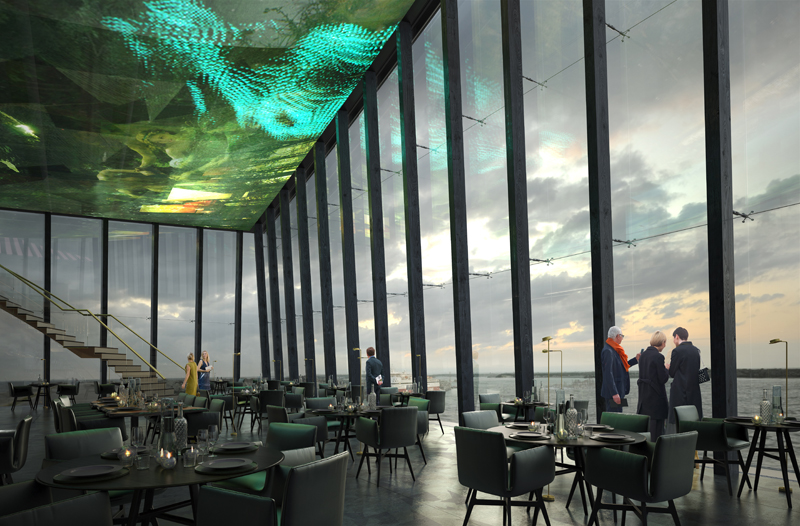
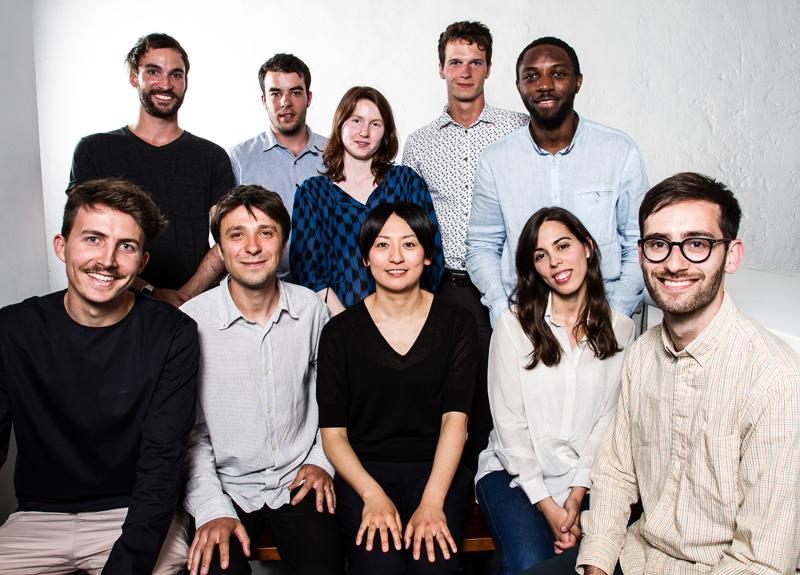 The winning firm, with Nicolas Moreau and Hiroko Kusunoki seated second from left and center
The winning firm, with Nicolas Moreau and Hiroko Kusunoki seated second from left and center
Related Stories
| Mar 13, 2014
Do you really 'always turn right'?
The first visitor center we designed was the Ernest F. Coe Visitor Center for the Everglades National Park in 1993. I remember it well for a variety of reasons, not the least of which was the ongoing dialogue we had with our retail consultant. He insisted that the gift shop be located on the right as one exited the visitor center because people “always turn right.”
| Mar 12, 2014
14 new ideas for doors and door hardware
From a high-tech classroom lockdown system to an impact-resistant wide-stile door line, BD+C editors present a collection of door and door hardware innovations.
| Mar 5, 2014
5 tile design trends for 2014
Beveled, geometric, and high-tech patterns are among the hot ceramic tile trends, say tile design experts.
| Feb 24, 2014
New Menil Drawing Institute will fit in with leafy surroundings
In Houston, plans are being finalized for the first freestanding American building built to house and conserve modern and contemporary drawings.
| Feb 18, 2014
Robert A.M. Stern sent back to drawing board for Revolutionary War museum in Philadelphia
The Philadelphia Art Commission has suggested some significant changes to the design by Robert A.M. Stern Architects, namely the elimination of a cupola and the addition of eye-level windows on the ground floor.
| Feb 14, 2014
Giant interactive pinwheel adds fun to museum exterior
The proposed design for the Santa Cruz Museum of Art and History features a 10-foot pinwheel that can be activated by passersby.
| Feb 14, 2014
Crowdsourced Placemaking: How people will help shape architecture
The rise of mobile devices and social media, coupled with the use of advanced survey tools and interactive mapping apps, has created a powerful conduit through which Building Teams can capture real-time data on the public. For the first time, the masses can have a real say in how the built environment around them is formed—that is, if Building Teams are willing to listen.
| Feb 13, 2014
Extreme Conversion: Nazi bunker transformed into green power plant, war memorial
The bunker, which sat empty for over 60 years after WWII, now uses sustainable technology and will provide power to about 4,000 homes.
| Jan 30, 2014
How reverse engineering nature can spur design innovation
It’s not enough to copy nature. Today’s designers need a deeper understanding of environmental nuance, from the biome in.
| Jan 28, 2014
16 awe-inspiring interior designs from around the world [slideshow]
The International Interior Design Association released the winners of its 4th Annual Global Excellence Awards. Here's a recap of the winning projects.


